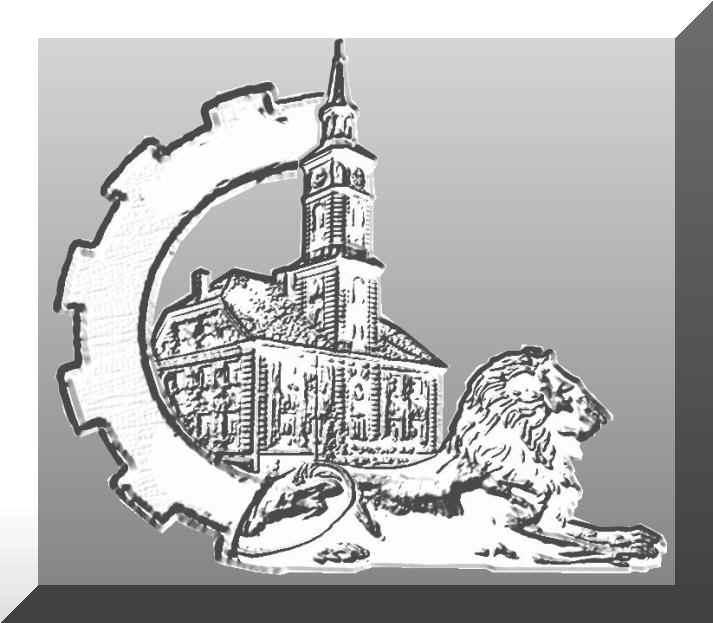|
„Gliwickie Metamorfozy” |
Ballestrems |
Text: Theo Schikovsky
Translate: I. Wrodarczyk
Photos: M. Malanowicz, W. Kwietniewski
Gliwice 2005 |
 |
www.gliwiczanie.pl |
 |
gliwickie_metamorfozy@op.pl |
|


| |
|
|
|
|

|
The Ballestrem family has its roots in an old Italian nobility, living in
a provincial town of Asti, north of Turin. The Silesian line of this
family comes from Giovanni Baptiste Angelo Ballestrero di Castellengo,
born in 1709 in Turin. In 1730 he became a page at the manor of a
Saxon-Weimar prince, where he changed his name to Johann and accepted the
last name Ballestrem.
In 1732 he joined an elite unit of the emperor’s regiment, where he
became a lieutenant colonel. In 1740 he joined the Prussian army where he
served in the third hussar regiment and in 1748 became a leader of the
squadron, part of which quartered in Gliwice. On 29th October
1748 in Plawniowice, in a chapel of the old castle, he married countess
Marie Elisabeth Augusta von Stechow, the daughter of Wolfgang von Stechow,
the founder of entail (the property that can not be divided and passes to
the oldest son in the family) composed of estates in Plawniowice, Ruda and
Biskupice. After the death of Charles Franz von Stechow in 1798 (Wolfgang’s
son) that died without leaving a male offspring, the property passed to
the oldest son of his sister, Charles Franz von Ballestrem and stayed in
the hands of the family until 1945.
|
|
| |
|
|
|
|
 |
 |
|
| |
|
|
|
|
Soon
in 1751 von Stechow brought two experienced miners from Saxon and ordered
them to dig a shaft, expecting to find iron ore, but the miners dig up
“only” coal. In 1770 von Stechow received from the newly
established Mining Office an official license for exploitation of coal and
called the mine “Brandenburg” (it was the first mine in Upper
Silesia). In the years 1798-1945 the Ballestrems established the biggest
industrial empire of the Reich (adding Godulla’s property –
the first administrator of entail). The Estate Management was originally
placed in Ruda Slaska, and after the division of Silesia in 1922 –
in Gliwice in a new building, built especially for this reason (currently
the building holds the administration court). In Gliwice, to the
Ballestrem consortium belonged the VOH Steelworks (later the 1st
May Steelworks), Walindustria Wood Company, the Labedy Rolling-Mill
Company, the Coal Society Consolidation and 50% of shares of the Pyskowice
Sand Railway. |
|
| |
|
|
|
|
 |
|
| |
|
|
|
|
In the political world the best known representative of the family was
count Franz von Ballestrem, an activist of the Centre Party (which was
co-established by another member of the family – Alexander von
Ballestrem) and a later Reichstag president (1898-1906). |

|
|
| |
|
|
|
|
The
Ballestrems took care of their workers and their families. The workers of
the companies that belonged to the family lived in colonies (e.g. Bialas,
Poremba, Ruda Hammer, Karol, Gluckauf). The rent was 7.25 – 9 marks
per month. Each colony had its own shop, sanitary cockpit, a library and a
primary school. For example the colony in Rokitnica (Castellango), as
regards the standard and technical solutions, belonged to the most modern
ones in Europe and was visited by the industrialists from Belgium and
England. In Ruda even schools for miner daughters were established. Also
Ruda owes its first gymnasium opened in 1895 to Ballestrems. In Glucholazy
the Ballestrems built a big convalescent center for their workers. They
also built churches and monasteries, hospitals, care houses for widows. In
1934 they gave Villa Caro to the town of Gliwice. |
|
| |
|
|
|
|
|
|
| |
|
|
|
| |
All
representatives of the Ballestrem family are members of the Maltan Knights
Order. Today the Ballestrem family lives in a town of Streubing (Bavaria). |
|
| |
|
|
|
| |
FAMILY
PHOTO ALBUM
|
|
| |
|
|
|
| |
|
|
|
|